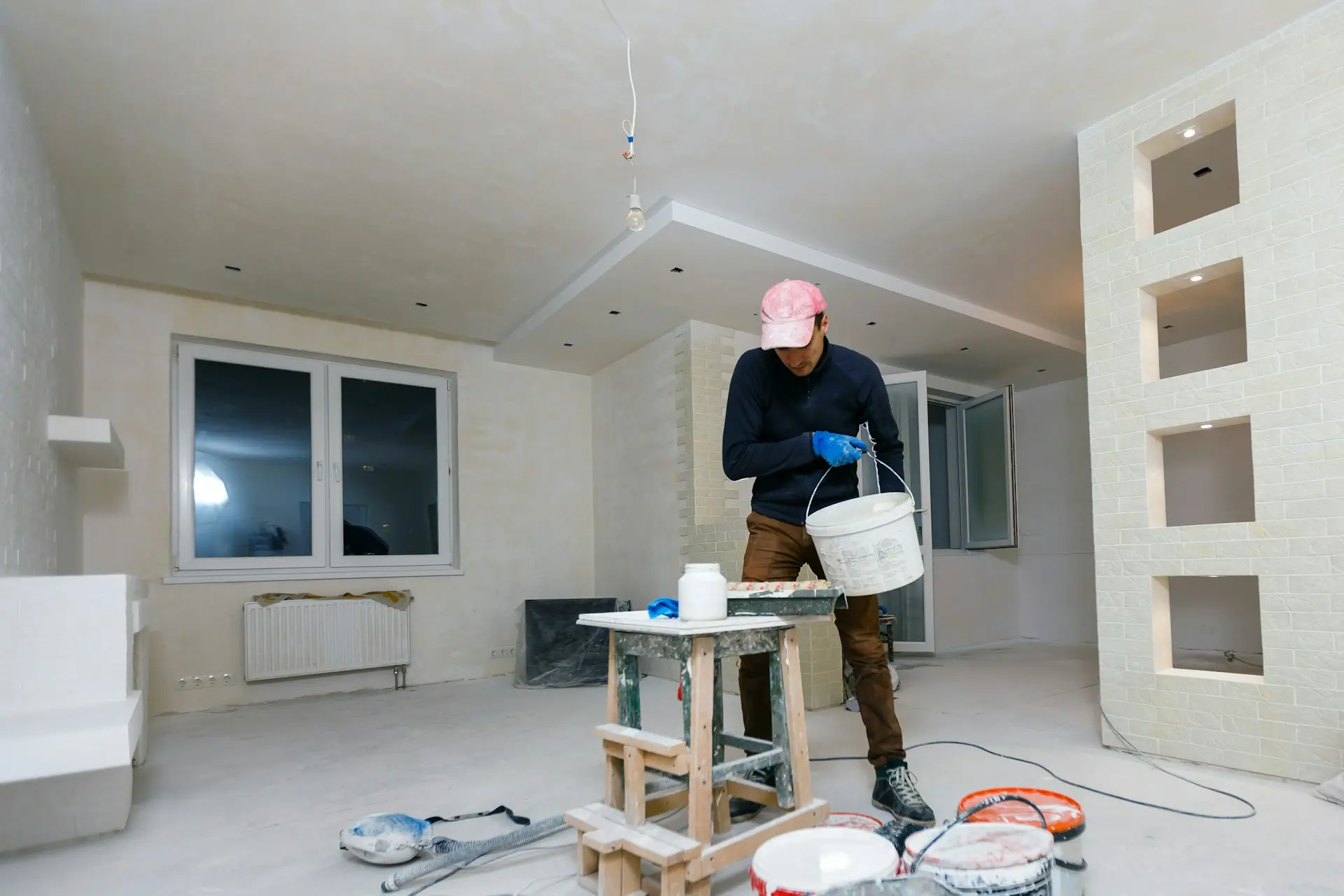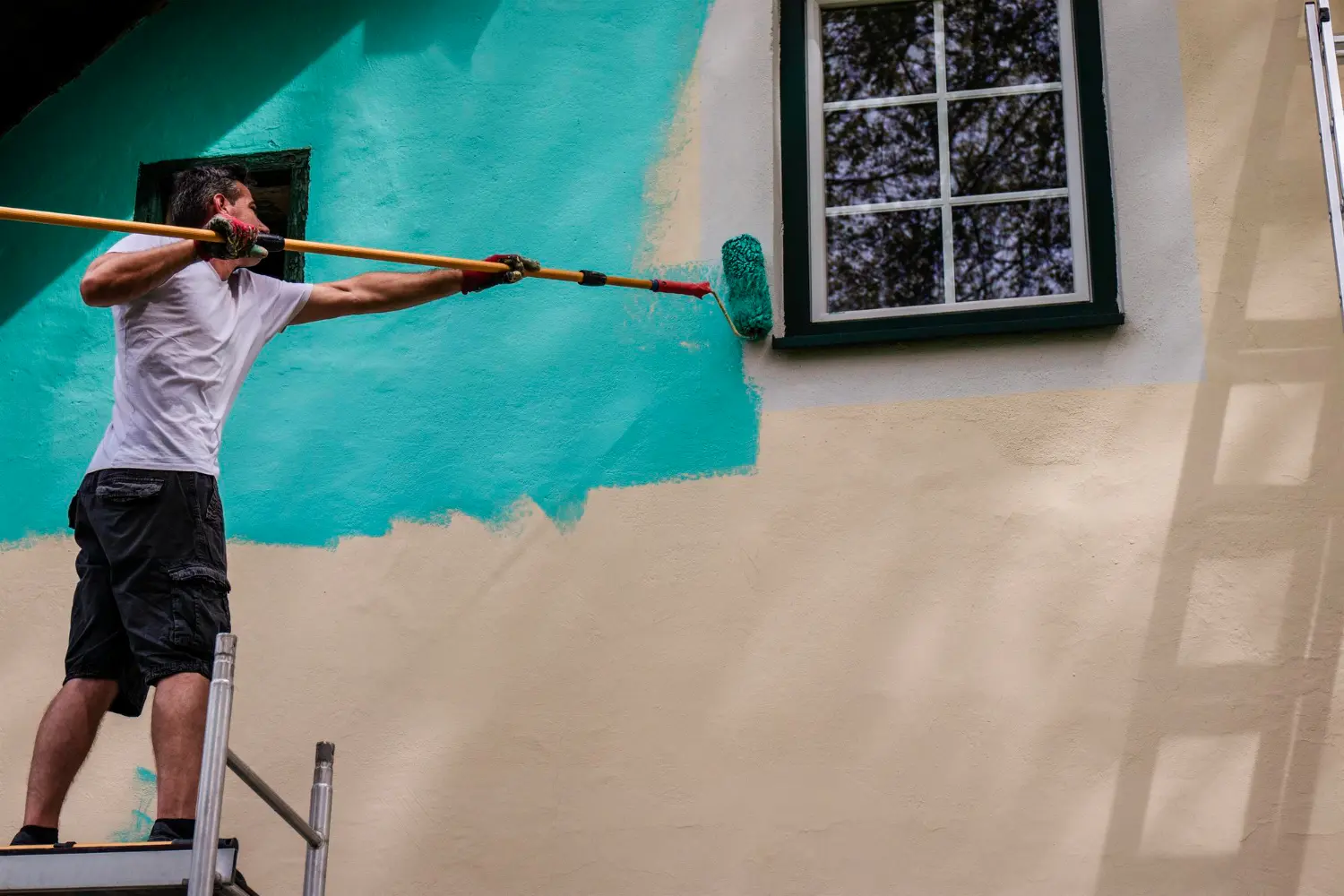The Ultimate Practical Guide to Saving Money on Home Improvement Projects

Home improvement projects can significantly enhance the comfort, functionality, and aesthetic appeal of your living space. However, the costs associated with these projects can often be a source of stress. The good news is that with careful planning and strategic decision-making, you can transform your home without breaking the bank. In this practical guide, we’ll explore various tips and strategies to help you save money on home improvement projects, making your dream home a reality without emptying your wallet.

- Set a Realistic Budget
Before diving into any home improvement project, it’s crucial to establish a realistic budget. Take the time to research the costs associated with materials, labor, and any additional expenses. Factor in a buffer for unexpected surprises or changes to the original plan. Having a clear budget will guide your decisions throughout the project and prevent overspending.
- Prioritize Projects
Not all home improvement projects are created equal. Prioritize projects based on your immediate needs and long-term goals. Tackling essential projects first, such as fixing structural issues or addressing safety concerns, can prevent costly problems down the line. By focusing on high-priority items, you can allocate your budget more efficiently.
- DIY Whenever Possible
Embrace your inner DIY enthusiast. Many home improvement tasks can be completed with a bit of research, patience, and dedication. From painting walls to installing light fixtures, taking on certain projects yourself can save a significant amount of money on labor costs. However, it’s essential to recognize your skill level and know when it’s best to hire a professional to avoid costly mistakes.
- Shop Smart for Materials
Finding affordable materials is a key aspect of saving money on home improvement projects. Compare prices at various home improvement stores, look for discounts, and consider purchasing second-hand or refurbished materials. Online marketplaces and local salvage yards can be treasure troves for budget-friendly finds. Remember that quality doesn’t always have to come with a hefty price tag.
- Reuse and Repurpose
Get creative with your approach to materials. Consider repurposing existing furniture, cabinets, or fixtures instead of buying new ones. With a fresh coat of paint or some minor modifications, you can give old items a new lease on life, saving both money and the environment.
- Plan for Energy Efficiency
Long-term savings can be achieved by incorporating energy-efficient upgrades into your home improvement projects. Invest in energy-efficient appliances, windows, and insulation. While the upfront costs might be higher, the long-term savings on energy bills make these investments financially sound.
- Seek Multiple Quotes from Contractors
If a project requires professional assistance, obtain quotes from multiple contractors. This will give you a better understanding of the average cost for the job and help you negotiate a more competitive rate. Be sure to check reviews and ask for references to ensure the contractor is reliable and provides quality work.
- Timing Matters
Be strategic about the timing of your home improvement projects. Some materials and services may be more affordable during certain seasons or when demand is lower. Planning your projects during these periods can result in significant cost savings.
- Consider Financing Options
If your budget is tight, explore financing options that suit your needs. Some home improvement stores offer financing with low or zero interest rates, allowing you to spread the cost over time without accumulating excessive interest charges. Be sure to read the terms and conditions carefully and choose a financing option that aligns with your financial goals.
- Stay Flexible and Adapt
Home improvement projects can be unpredictable. Stay flexible and be prepared to adapt your plans as needed. Being open to alternative solutions can help you overcome obstacles without blowing your budget.
Embarking on home improvement projects doesn’t have to drain your bank account. By following this practical guide, you can make informed decisions, prioritize your spending, and transform your home without breaking the bank. Whether you’re a seasoned DIY enthusiast or relying on professional help, saving money on home improvement is achievable with careful planning and resourcefulness. Remember, the goal is to create a space that reflects your style and meets your needs while keeping your financial well-being in mind.
For more information on any of the above or to discuss painting your home before putting it up for sale, contact a member of the team at Homm CPS today.










